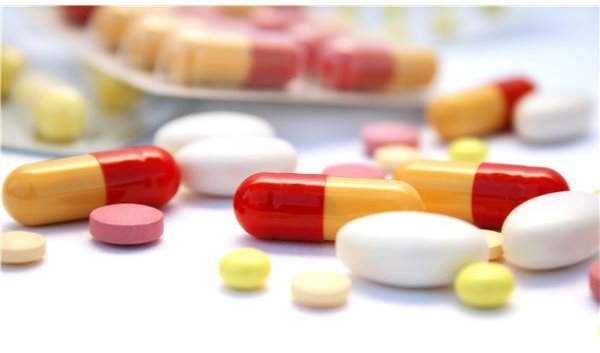How Bacteria Develops Antibiotic Resistance: Basic Explanation
Antibiotics
Antibiotics are used extensively for treating diseases caused by bacteria. In fact the word antibiotic refers to a substance which can either kill bacteria or hinder normal bacterial growth. Yet these biological weapons do not always accomplish their mission; bacteria is capable of devoloping spectacular defences. Almost every type of bacteria has cultivated some kind of resistance to the repeated use of antibiotics, and this makes it much more difficult to treat infections such as tuberculosis.
How do Antibiotics Work?
Antibiotics work by damaging the harmful bacteria in some way. There is a dizzying array of mechanisms which come into play that help antibiotics to fight bacteria. These include:
- Damaging the bacterial cell wall, making the micro-organism vulnerable to harm from external factors.
- Harming the metabolic system of the bacteria - such as inhibiting the organism’s ability to turn glucose into energy.
- Damaging DNA & RNA processes.
Antibiotic Resistance
Natural selection and the survival of the fittest are applicable to the bacterial world as well as the rest of nature, and the theories explain how bacteria are able to become antibiotic resistant. Microbes develop counter-measures to the medical attacks on their systems and processes. For example:
- Bacteria might change the permeability of the cell wall so that the antibiotic does not get absorbed by the cell. This creates a boundary which the antibiotic cannot pass.
- Bacteria might develop certain types of enzymes which could damage the antibiotic and hence it is a case of being on the offensive rather than being purely defensive.
Physicians prescribe a particular antibiotic against a specific disease-causing harmful bacteria, and it should be taken for a set period of time. More often than not many people tend to ignore these recommendations and either overdo the course or leave it incomplete. Both these conditions give a chance for the bacteria to acquire antibiotic defense mechanisms.
A beneficial genetic mutation will take place inside a bacterial genome that confers some sort of protection against an antibiotic. The bacterium with this mutation survives attack and shares it with other bacteria via conjugation. That is, bacterial mating, when DNA is passed from one bacterium to another. And so the beneficial genetic mutation is eventually spread throughout the bacterial population until antibiotic resistant bacteria become the dominant strains. Only the fittest bacteria survive while those that cannot resist the antibiotic perish.
And so it falls to scientists to keep developing more potent antibiotics. But as they do, the bacteria create even more cunning counter-measures, and so we have entered what has been called an ’evolutionary arms race’ against these harmful bugs.
What Can you Do?
Well, unless you are a researcher and working on antibiotic resistance behavior you cannot do much in terms of real work, but certainly you can make a BIG difference in the battle against antibiotic resistant bugs. Always follow the advice of your physician and stay the course with any prescribed antibiotic treatments.
